With summer just around the corner it’s important to be aware of what may be lurking in the garden. This week Julia DiPietrantonio from ENTO-PRISE INSECTS has sent us a guide of what to look out for…
As a qualified entomologist (MSc) I am often contacted by fraught parents armed with photographs of ‘things they found in the garden’ begging to know if the little critter they have snapped is deadly to us and should they go ahead and burn the garden shed down. It’s estimated around 75% of all life on earth is an insect. You’ll be pleased to know however that pretty much everything in the UK is completely harmless. There are only a few little beasties a person needs to keep an eye out for, and with the exception of a strong allergic reaction no bite or sting is inherently ‘deadly’ to us. Insects are amazingly industrious, they are the very foundation of the Earth. Without them, nothing exists. So the general consensus from any entomologist is if you see them, leave them be and let them go about their tasks. But you may come into unwelcome contact by accident, so here are the ones to look out for and how to deal with them.
brown-tail caterpillars
Not to be confused with the Oak Processionary*. Often found feeding on hawthorn, bramble and blackthorn between the months of April and July. The hairs on the caterpillar can cause a rash (similar to severe nettle rash) and / or breathing difficulties so avoid handling these critters!
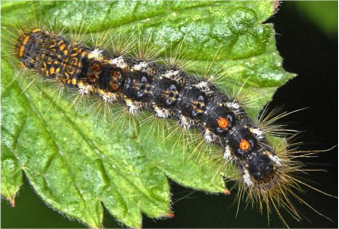
horse flies
Large, mottled brown fly. Delivers a painful, itchy stinging bite.
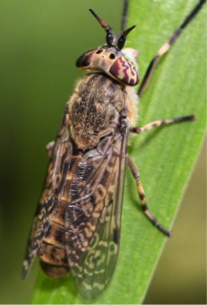
bees/wasps
The best thing you can do when faced with a bee or wasp is to BE CALM. Either sit still and let the insect investigate, or stand slowly and move away. They won’t sting if you don’t scare them by reacting wildly.
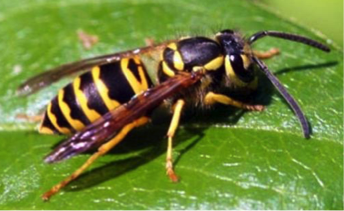
what to do in an encounter:
- If the insect or part of it is still present, brush or scrape it off.
- Wash the area well with soapy water (especially for horsefly bites and brown-tail caterpillar rash).
- Apply antihistamine cream.
- In the case of horsefly bites and wasp stings, applying a cold compress to the site for 10 minutes should help reduce pain and inflammation.
- Keep the area clean to avoid secondary infection.
- Keep an eye on the area - in rare cases allergic reactions can occur and you should seek immediate medical attention. Reactions include: facial swelling, anaphylaxis, hives etc.
Most bites/stings will clear up in a week or so, some may take a few weeks.
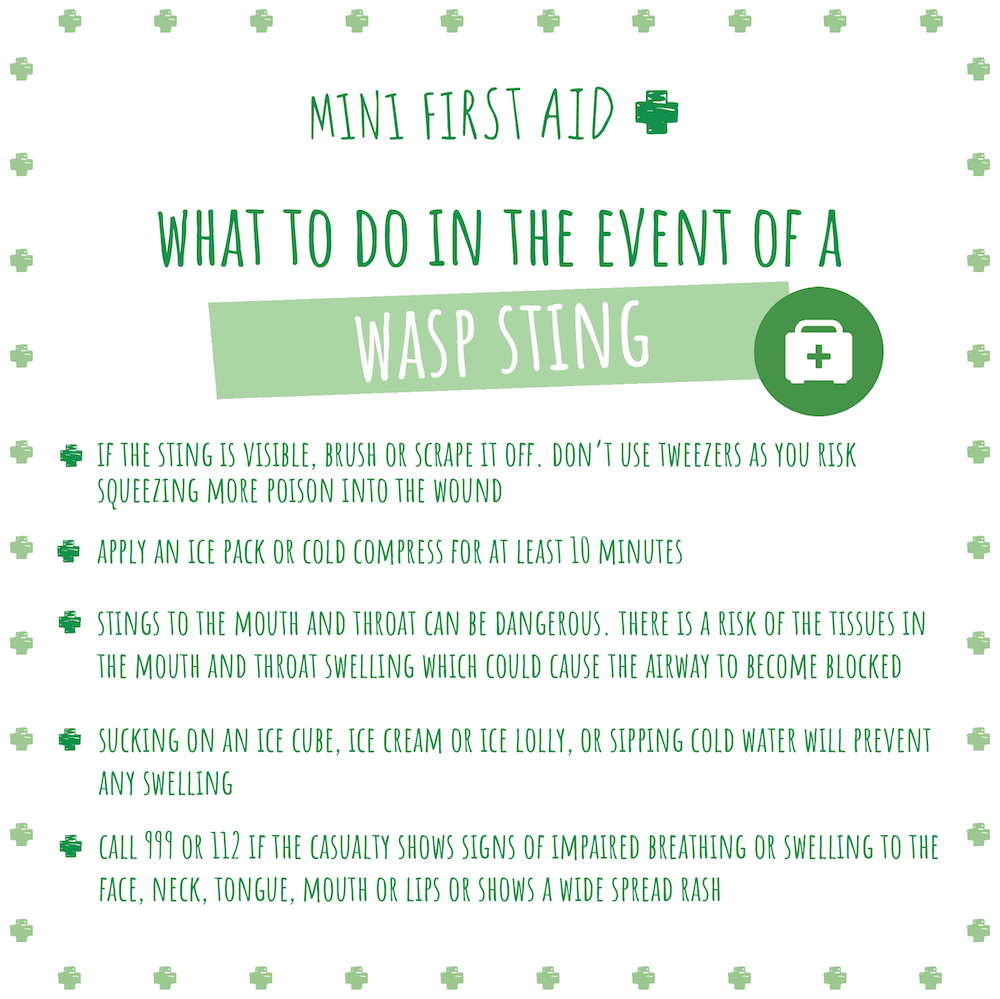
WASuP Bite and Sting Relief
Get your hands on this nifty little sting relief product which is brilliant for family days out - designed to throw in your changing bag, pocket, backpack etc, without fear of leakage. WASuP is a portable device which releases a bamboo wipe when activated. The wipe is soaked in organic apple cider vinegar and ready to unroll and apply to a sting in seconds. Amazing for soothing crying little ones who have had a nasty encounter with a wasp! Mini First Aid can also vouch for its effectiveness on 2 day old horsefly bites!
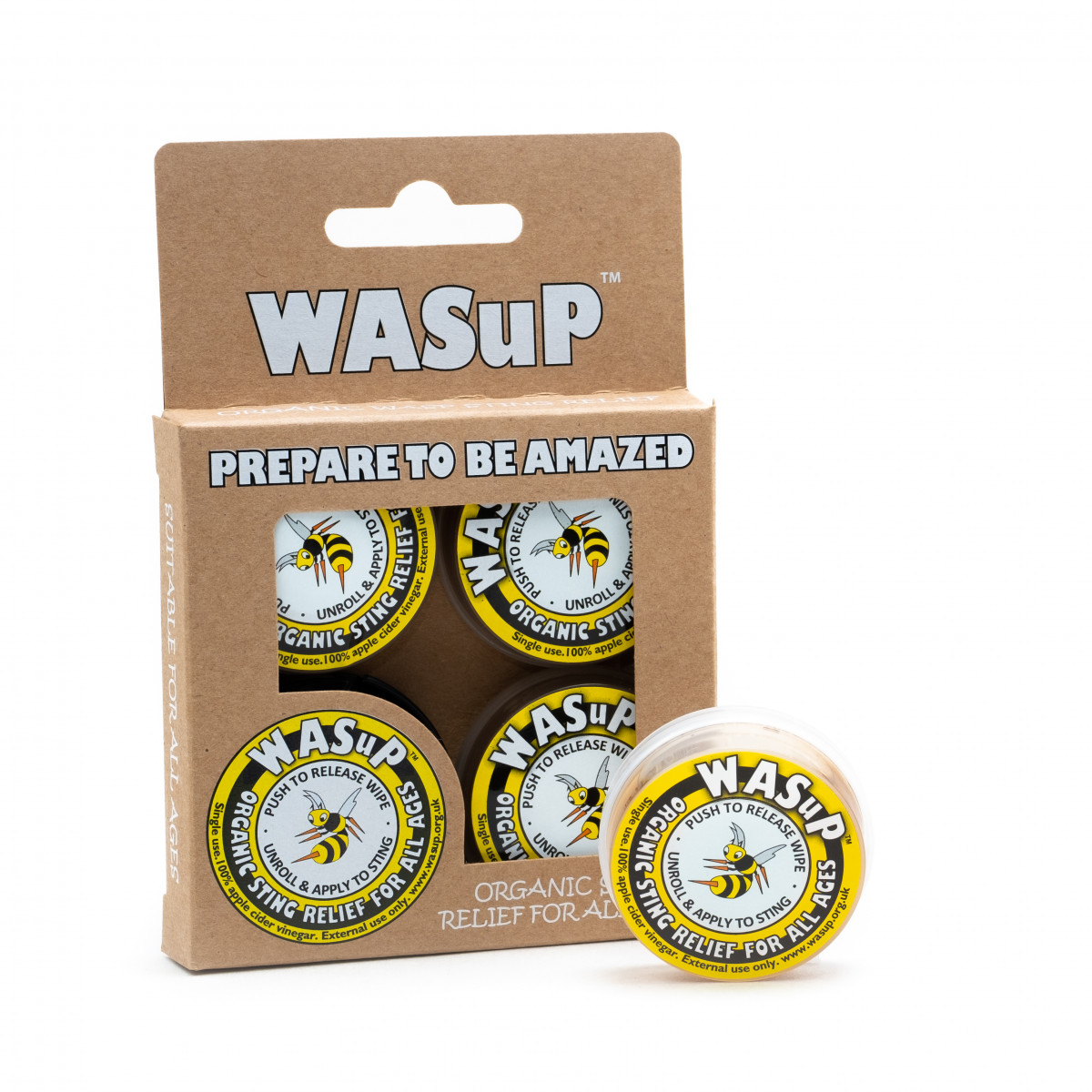
*There are no known populations of Oak Processionary or False Widow spiders in the North West of England.







